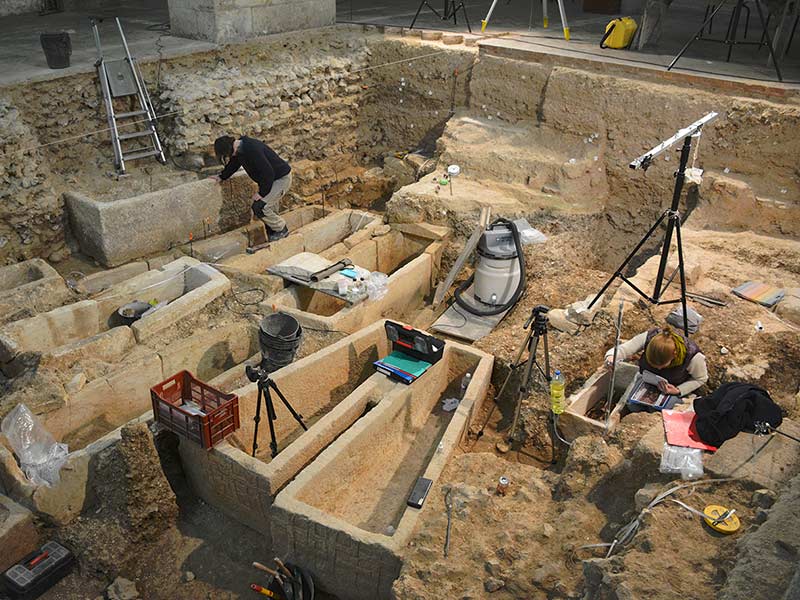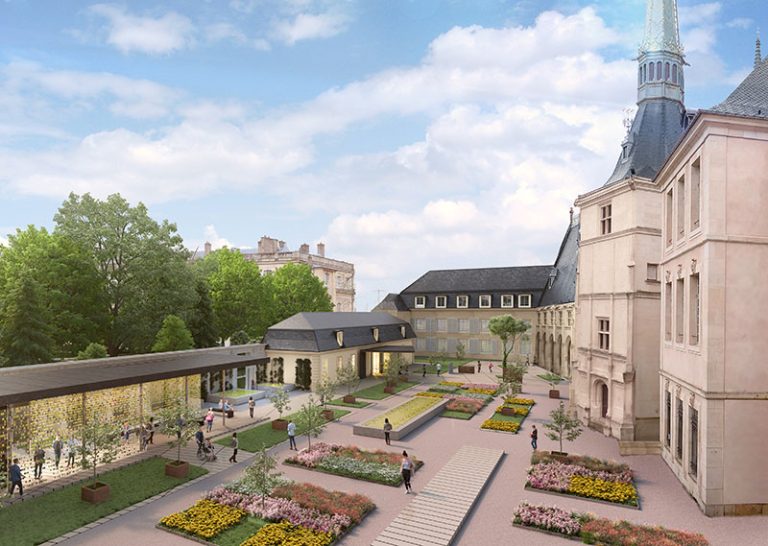After three months of excavation, a team of archaeologists discovered a still sealed sarcophagus on the site of the church of Saint-Martin du Val near Chartres. Wednesday June 19, the opening of the sarcophagus revealed the existence of a human body.
Inside the sarcophagus, dating back more than fifteen centuries, lies a skeleton measuring approximately 1.58 meters. Not yet identified, he could be an important religious figure from the Merovingian era. The position of the sarcophagus near the choir of the very first church indicates the particularly important status of the deceased.
Meticulous work will be carried out to collect the weakened bones, numerous fabric residues and perhaps remains of funeral clothing. Analyzes of organic matter will allow us to better understand the burial methods of the Merovingian era. Already highlighted in two other sarcophagi, these analyzes will help clarify the embalming methods used at the time.
The excavation program began in 2013. Previous excavations had discovered floors and masonry which could belong to a first religious building from the mid-6th century. The 51 m2 open survey, in the middle of the nave, made it possible to better understand the evolution of the church and its environment over the centuries. Several sarcophagi were then discovered. They cannot all be dated precisely; those identified with objects are estimated between the mid-6th and mid-7th centuries.
This is not the first discovery of remains. In 2014, the discovery of bones in a baby sarcophagus made it possible to identify the grave of a child of high social rank. In 2016, the excavation of a grave of a young woman revealed funerary furniture indicating the possibility of a princess’s tomb.







